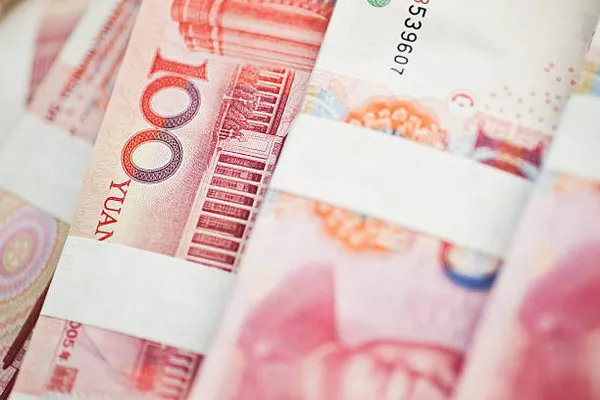Chinese businesses’ accumulation of dollars, driven by expectations of yuan depreciation, is exacerbating the ongoing slide in the Chinese currency. This trend, fueled by factors such as rising U.S. yields, wobbly stock markets, and sluggish growth in China, has created a feedback loop amplifying the yuan’s decline.
Since September, foreign exchange deposits in China have surged by $53.7 billion to $832.6 billion, reflecting heightened dollar hoarding. Domestic exporters, attracted by higher interest rates abroad and a desire for better exchange rates, are opting to hold onto their dollar earnings rather than converting them into yuan. This phenomenon, colloquially referred to as “winning by lying flat,” underscores the substantial yield spread between U.S. and Chinese deposits, which is at its most favorable since 2007.
The reluctance to convert dollars into yuan is further compounded by alternative investment opportunities offering higher returns on dollar-based wealth management products. Even with restrictions on dollar deposit rates in China, businesses can access offshore funds with attractive yields, incentivizing them to maintain their dollar holdings.
While the possibility of a Fed rate cut or a yuan trough could potentially reverse this trend, both scenarios appear unlikely in the near term. Robust U.S. economic data has pushed out expectations for Fed rate cuts, bolstering the dollar’s strength. Consequently, the yuan is projected to weaken further, potentially reaching 7.3 per dollar, a level at which exporters may start converting their dollars into yuan.
Chinese authorities have not intervened significantly in response to the dollar accumulation, with state banks buying yuan to mitigate its depreciation. Despite concerns about eroding trade competitiveness and a declining trade surplus, regulators are unlikely to mandate immediate conversion of export receipts into yuan. Instead, they may implement smaller measures to incentivize conversion, such as macroprudential or tax relief measures.
While the yuan’s decline has been notable, it has not depreciated as sharply as currencies of some trading partners like Japan. However, China’s trade surplus has been affected, experiencing an 11% decrease in 2023 compared to the previous year. The low FX settlement ratio in February, estimated at just 51%, reflects the extent of dollar hoarding among corporate clients.


